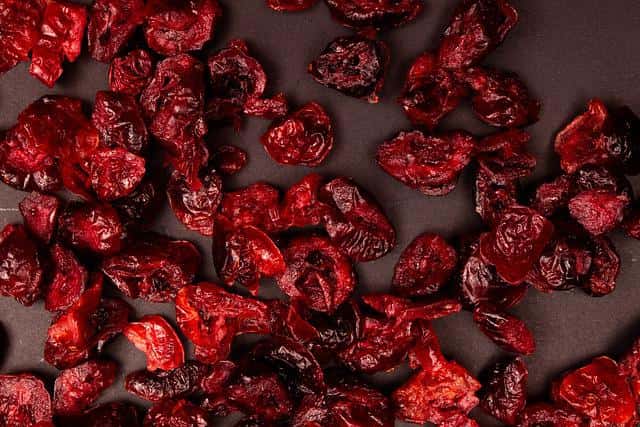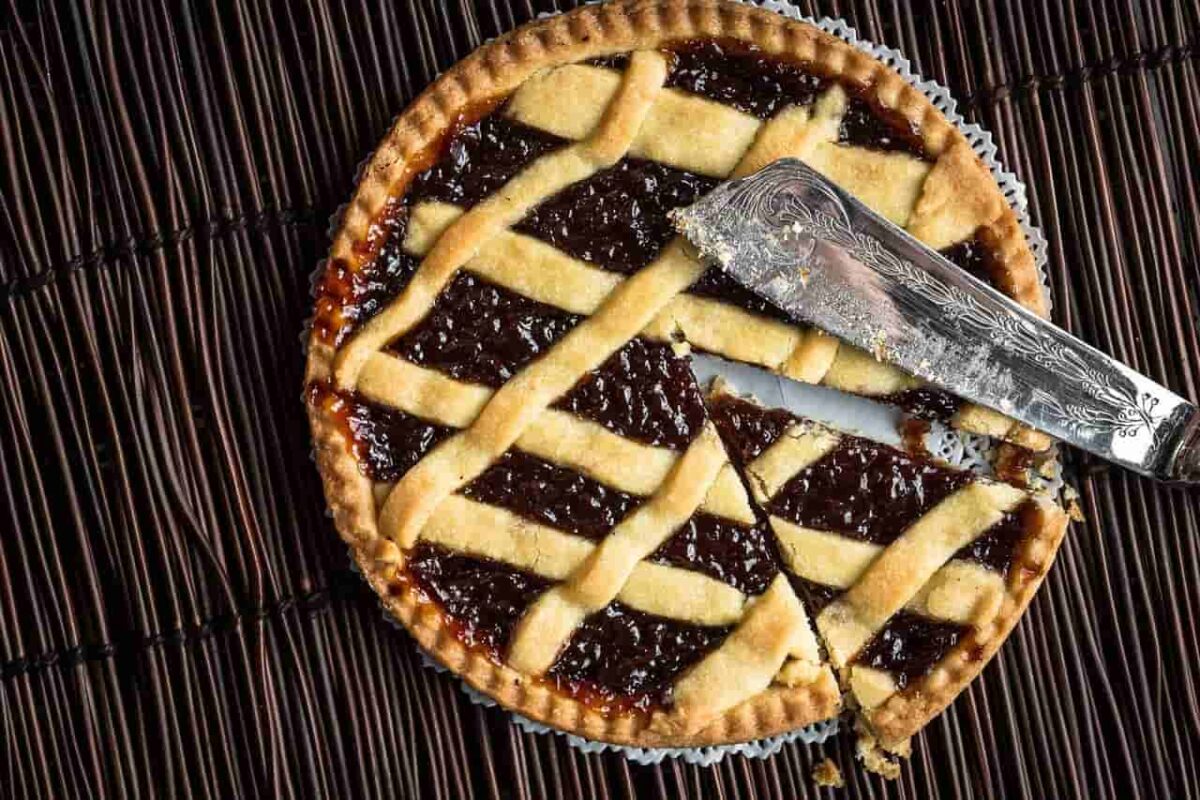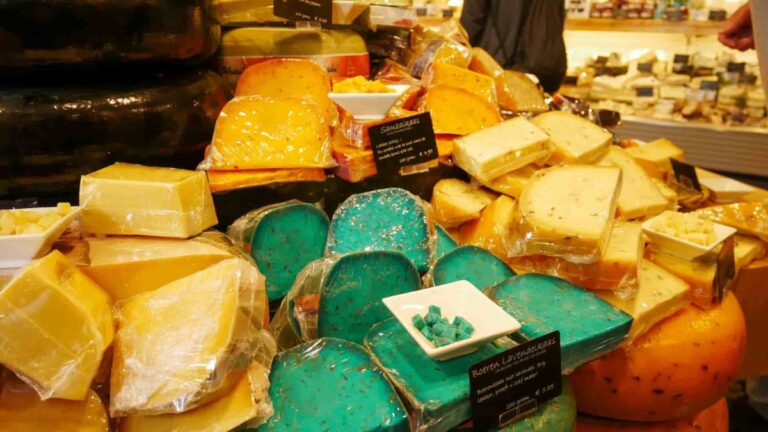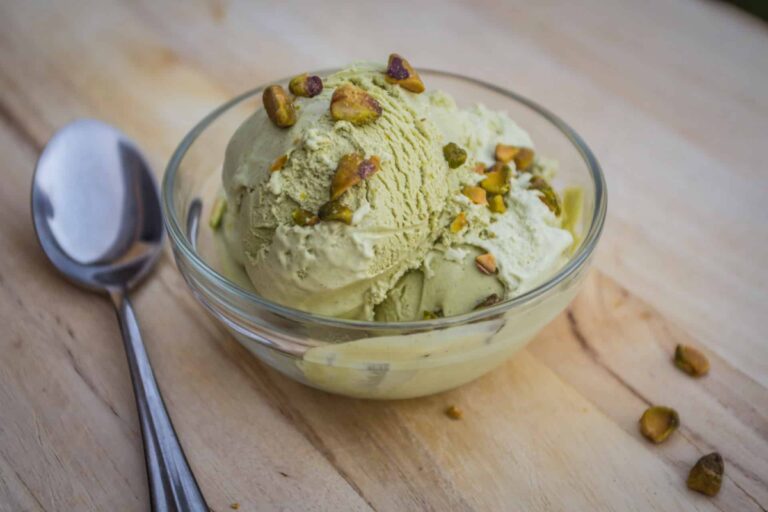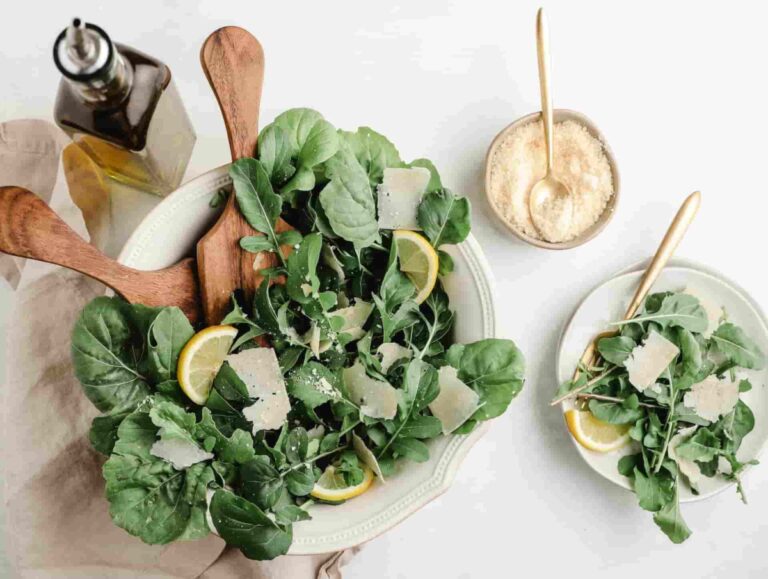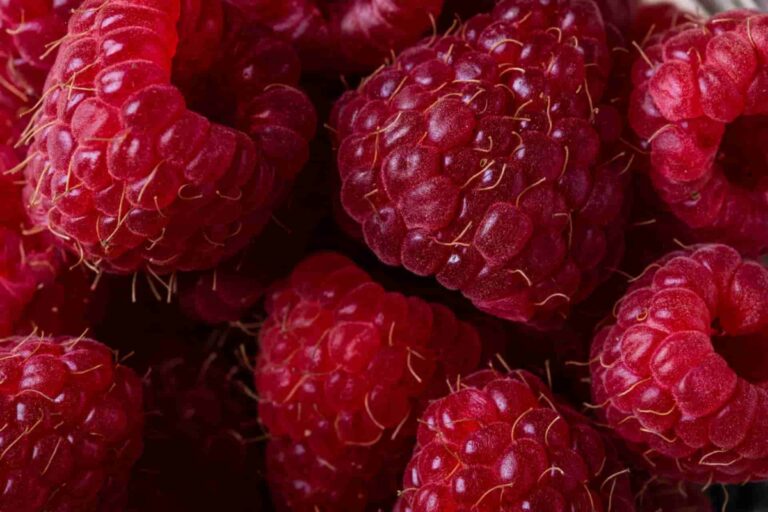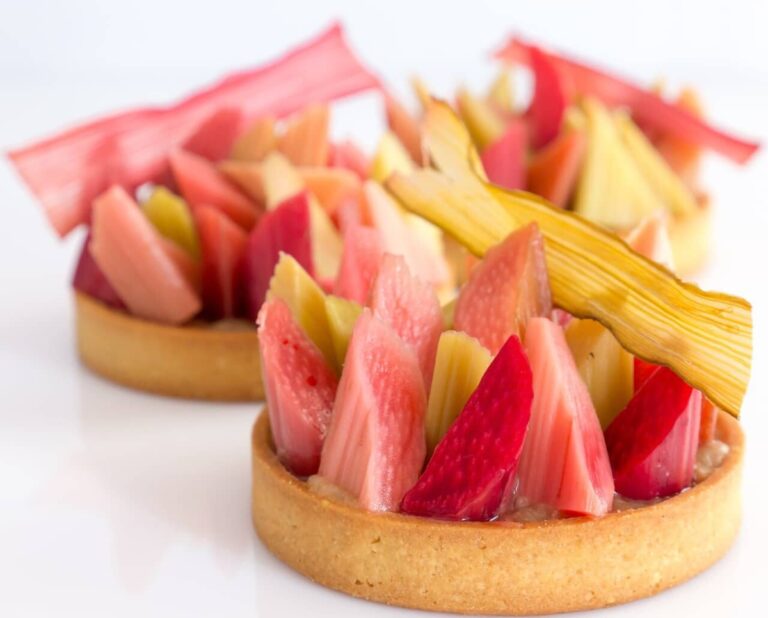Cranberry 35 free kitchen insights for you
Did you know that the cranberry is one of the fruits that are indigenous to the continent of North America?
- Cranberries were used by Native Americans for a variety of reasons, including the preservation of meat, the dying of cloth, and the treatment of wounds. Pemmican, a traditional Native American food that consisted of mashed cranberries combined with ground deer meat, is considered to be the original “energy bar.” The acidity of the fruit served as a natural preservative and inhibited the growth of microorganisms, which resulted in prolonged sustenance.
- The original name for the cranberry, “crane berry,” comes from the Dutch and German people who lived in the area. When the flowers on the vines bloom in the late spring, they bear a resemblance to the head and beak of a crane because the petals of the light pink blooms curl back on themselves. Cranberry is the most common form of the name now that time has passed.
- Cranberries were supposedly one of the foods that the Pilgrims in Plymouth, Massachusetts, who hosted the first Thanksgiving in 1621, presented to their guests. Each year, the United States consumes over 400 million pounds of cranberries. During the week of Thanksgiving, around 80 million pounds, or approximately 20 percent, are consumed.
- The hardy cranberry vine is able to flourish in situations that would be disastrous for the majority of agricultural endeavours, including acidic soil, a dearth of nutrients, and cool temperatures, even in the middle of summer. Despite the widespread notion that they do, cranberries do not develop in water. Bogs and marshes with sandy soil are ideal growing conditions for them. When the cranberries are ready to be harvested, certain bogs are submerged in water because of the fruit’s buoyancy.
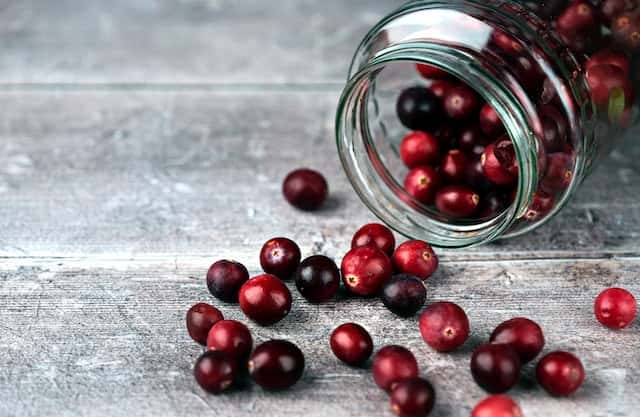
Cranberry nutrition values and health benefits
- Cranberries have a long history of usage in medicine, reaching all the way back to the 17th century, when the fruit was widely used as a remedy for scurvy as well as stomach disorders. Flavanols, anthocyanins, and proanthocyanidins are three types of bioactive flavonoids that berries are known to possess. These flavonoids are thought to be responsible for the berries’ potential health benefits.
- Cranberries are primarily made up of carbohydrates and fibre, with the vast majority of the carbohydrates consisting of simple sugars like sucrose, glucose, and fructose. Cranberries are also rich in vitamin C. The rest is made up of insoluble fibre, which includes compounds like pectin, cellulose, and hemicellulose. These are all types of fibre that are almost entirely undigested as they travel through your stomach.
- Cranberries are also healthy since they include soluble fibre in their composition. Cranberries have been linked to gastrointestinal issues, including diarrhoea, in some people who consume an abnormally high quantity of the fruit. Cranberry juice, on the other hand, has essentially little fibre and, before being taken, is often diluted with other fruit juices and sweetened with extra sugar. Additionally, cranberry juice is commonly sweetened with additional sugar.
- Cranberries are rich in several vitamins and minerals. Cranberries are an excellent source of the potent antioxidant known as vitamin C, which is often referred to as ascorbic acid. It affects not only your skin but also your muscles and bones as well.
- It is essential for your body’s healthy growth, metabolism, and antioxidant system that you consume meals that contain manganese. Manganese may be found in a broad range of foods. Antioxidants are soluble in fat and are essential to the health of humans.
- Vitamin K1 is an essential component in the process of blood coagulation. This element is usually lacking in the diets of people who live in Western countries. A lack of copper in the diet may have a detrimental effect on the health of the cardiovascular system.
- Cranberries have been shown to contain significant amounts of a wide array of bioactive plant components. Some of them, such as proanthocyanidins of the A type, have the potential to be useful in the fight against urinary tract infections. Cranberry juice and cranberry supplements both have the potential to reduce urinary tract infections. On the other hand, they do not provide any therapy for this sickness.
- If you consume cranberries or cranberry juice on a regular basis, there is a possibility that you will reduce your risk of acquiring stomach cancer. Both the juice and the extract have the added advantage of decreasing a variety of risk factors that are associated with cardiovascular disease. These variables include cholesterol levels and blood pressure.
- Cranberries and products made from cranberries are usually regarded as safe for the vast majority of people to consume, provided that they are consumed in moderation. Consuming an excessive amount, on the other hand, may cause nausea, diarrhoea, and, in rare instances, kidney stones in those who are predisposed to developing the ailment.
- There have been cases of people being allergic to cranberries as well as blueberries and other members of the Vaccinium genus of berries. If you suffer from a berry allergy, you should consult with your primary care physician for individualised guidance before including cranberries or any product produced from cranberries in your diet.
- When taken in large quantities, cranberries, particularly concentrated cranberry extracts, are thought to have the potential to contain significant levels of the mineral oxalate and are thus regarded as a possible cause of kidney stones.
100g of raw cranberries has 46 calories(192kj), 0.4g protein, 0.1g fat, and 12.2g carbs including 4.6g fibre.
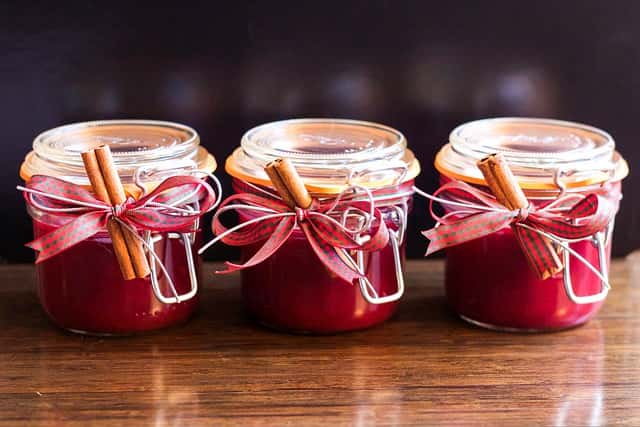
How to store cranberry and how to buy them
- When a fresh cranberry is examined carefully, you will see that it is vibrant and full in appearance, and that it has a dark red colour. The darker the red, the higher the concentration of the beneficial chemicals. Cranberries that have not been stored for more than a few days feel rather solid to the touch and have the ability to bounce back after being dropped. Avoid purchasing berries that have become shrivelled or have developed brown spots on their surface.
- If they are kept in a plastic bag that is hermetically sealed and placed in the refrigerator, fresh cranberries may be preserved there for up to two months.
- If one of the berries in the cluster starts to rot and become mushy, the condition will quickly spread to the other berries in the cluster since it is common to all berries.
- When preparing fruit for storage in the refrigerator, it is important to sort the produce and remove any pieces that are bruised, mushy, pitted, or shrivelled.
- When you take the cranberries out of the refrigerator, they may have a moist appearance. However, this does not mean that the cranberries have gone bad since their moist appearance does not suggest that they are rotting.
- If the berries have changed colour or feel sticky or hard to the touch, this is a sign that they have passed their peak quality and should be discarded as soon as possible.
- Cranberries that have been dried and rehydrated are a kind of dried fruit that is similar to raisins. Although they are not a suitable substitute for fresh cranberries in cranberry sauce, dried cranberries are an interesting addition to salads and other types of food.
- A mainstay during the Christmas season, canned cranberry sauce comes in two distinct forms: a smooth, gelatinous jelly that has taken on the form of the can, and a whole-berry sauce that has a more runny viscosity. Both forms are commonly available.
- Dry freezing is the second method for freezing these fruits, and it is a procedure that is considerably more complicated. When compared to just placing the bag in the freezer, this step requires much more manual labour, despite the fact that it is neither very challenging nor particularly time-consuming. The following is how it works:
- Prepare the cranberries in some way. Separate the excellent cookies from the rest of the batch, and arrange the good ones in a single layer on a cookie sheet.
- Freeze the fruits in an instant. Place the tray in the freezer, where it should remain undisturbed for at least a few hours. In most cases, I’ll put it in the freezer in the evening, and by the next morning, the fruit will be completely frozen.
- Place the berries in a freezer bag or another airtight container once they have been frozen. Because of the wrapping, the fruit is shielded from the chill of the freezer, and it is also more convenient than putting a tray in there. If you’d like, you may put a label on the packaging.
- Put it back in the freezer where it came from. Cranberries kept in the freezer maintain their quality for eight to twelve months.
- It is not necessary to defrost frozen cranberries before using them in a recipe since they may be used directly from the freezer. Instead, remove them from the freezer, rinse them with cold water, and then add them to the meal you are preparing once the excess water has been drained. Please keep in mind that the berries need to be cleaned, unless, of course, you’ve already washed them before freezing them. Cranberries are almost never cleaned before being sold.
- Cranberries that have been cooked may be kept for up to a month in the refrigerator if they are placed in a container that is airtight. It is possible to keep the cooked mixture in the refrigerator for as long as a year if you add some kind of spirit or liqueur to it.
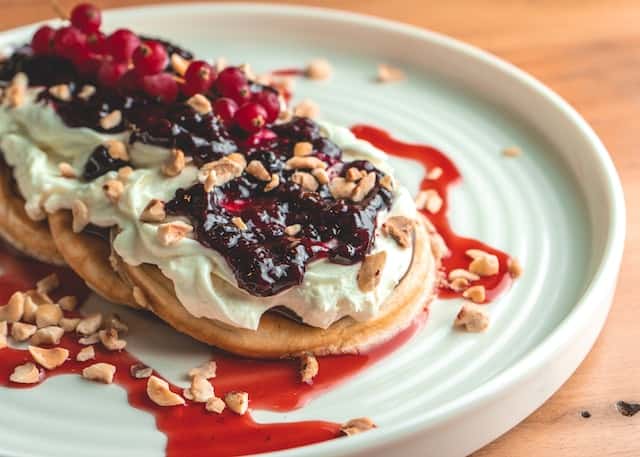
Cooking techniques, secrets, and tips from the kitchen
- Cranberries are frequently only consumed in the form of canned cranberry sauce, despite the fact that they are traditionally associated with holidays such as Thanksgiving and Christmas, and that they are frequently only consumed in this form. Fresh or dried cranberries are a wonderful ingredient that can be incorporated into both sweet and savoury recipes throughout the entire year. Cranberries may be used in a variety of savoury dishes, in addition to being a delightful ingredient in a number of sweet sauces, jellies, and baked goods that are created at home.
- There is no getting past the fact that cranberries have a tart flavour. Among other things, this impact may be avoided in the foods that chefs prepare by adding sugar. However, one cup of cranberries already includes around 4 g of sugar, and the cranberry sauce has even more sugar added to it than the cranberries themselves. If you do not want to raise the total quantity of sugar, you may cook the cranberries with a quarter of a teaspoon of baking soda while they are simmering. This will help neutralise the acid and reduce the amount of sugar that is required. If you give it a taste after you’ve mixed all of the ingredients together, you’ll probably find that you don’t need to add any sugar, or at least very little.
- You will need to simmer the cranberries on the stovetop if you are not going to be using fresh cranberries in the dish that you are baking. It is essential not to overcook them because if you do, they will turn into mush and acquire an unpleasant taste. Cooking cranberries should only be done until they pop or split, which usually takes less than ten minutes over medium heat. Cranberries should not be overcooked. Maintain vigilance over the pot by monitoring it with both your eyes and your ears in order to ensure that it is taken off the burner at the appropriate time.
- Dried cranberries may be used as a suitable alternative to fresh cranberries in any dish in which the fresh fruit is required but is not readily available. Before you can use them, you will first need to rehydrate the ingredients. In the same manner as raisins, it is possible to rehydrate dried cranberries in the same manner as raisins; just soak the cranberries in hot water for fifteen to twenty minutes, and then filter the mixture before using it in a dish in the same manner as you would use raisins. If you want a more flavorful end product, consider soaking the cranberries in fruit juice or liquor instead of water. This will give you a better flavour.
- Cranberries have many more applications than simply the classic cranberry sauce that most people think of. You may add some fresh cranberries to a salad, or you can use them in desserts like crisps, cobblers, and pies when richer fruits are required. A jolt of flavour may be imparted to cooked cereals, a favourite snack mix, or even fast breads by using dried cranberries in the recipe. Mixing cranberry juice with the mineral water of your choice results in a refreshing and flavourful drink.
- Cranberry pairs well not just with various types of berries but also with almonds and apricots, chocolate and cinnamon, citrus and ginger, hazelnut and mint, nectarine and peach, plum and thyme. Cranberry drinks are often created with a variety of spirits, including dark rum, tequila, vodka, champagne, orange liqueurs, and sweeter red wines.
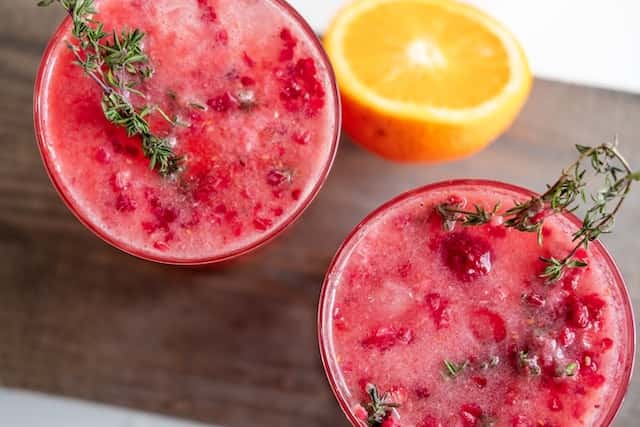
The history of cranberry from the beginning until today
- Even before the first Pilgrims arrived in what is now the United States, cranberries were a common ingredient in American cooking. Cranberries are a staple ingredient in Native American cuisine and can be found in a wide range of dishes, including several appetisers. It is a common misconception, however, that cranberries were served at the very first Thanksgiving feast, despite the lack of historical evidence to support this claim. Cranberries can be found in a wide range of dishes.
- Since that time, cranberries have been an essential component of the Thanksgiving meal. It is often prepared as a jelly or as whole berries doused in a sweet sauce and presented at the table. Both sauces are sold throughout the year at grocery stores, although with the exception of the Thanksgiving holiday in the United States, they are seldom used in other meals.
- Throughout the years, several Native American communities have orally transmitted a variety of stories and legends involving the cranberry. The fruit was also used in the treatment of medical conditions, including ulcers and stomach aches.
- Cranberry juice has developed into a big industry in and of itself, regardless of whether it is sold on its own or in combination with other fruits like apples and other berries. Cranberries are a fruit that initially tastes sweet but has a bitter aftertaste. Because of this, they combine nicely with other juices as well as alcoholic beverages. In addition, cranberry sauce is a delicacy that is traditionally served during Thanksgiving in many houses throughout the United States.
- There is a widespread misconception that cranberries are cultivated in water due to the fact that the vines that bear the fruit grow in wet environments such as bogs and marshes and that gigantic “egg beater” machines are used to harvest the fruit nowadays. They do in fact grow there, despite the fact that it may seem as if they would not be able to due to the deep roots that the bushes have in the earth. Despite the fact that it may look as though they would be able to.
- Cranberries may be harvested anytime between the months of September and December. It is often believed that the quality of a cranberry may be evaluated by whether or not it can be bounced down a flight of stairs when it is fully grown and ripe. When the fruit gives you a pleasant surprise by bouncing back, you know you’re dealing with something exceptional. Cranberry farms use machinery known as “egg beaters,” which is meant to automatically eliminate berries that have a lower quality.
- In addition, recipes calling for a festive atmosphere often call for cranberries, which are used in a number of areas of the nation. They are an essential component of the Christmas celebrations held in the United Kingdom and Canada, as well as in Quebec and the southern regions of France.
